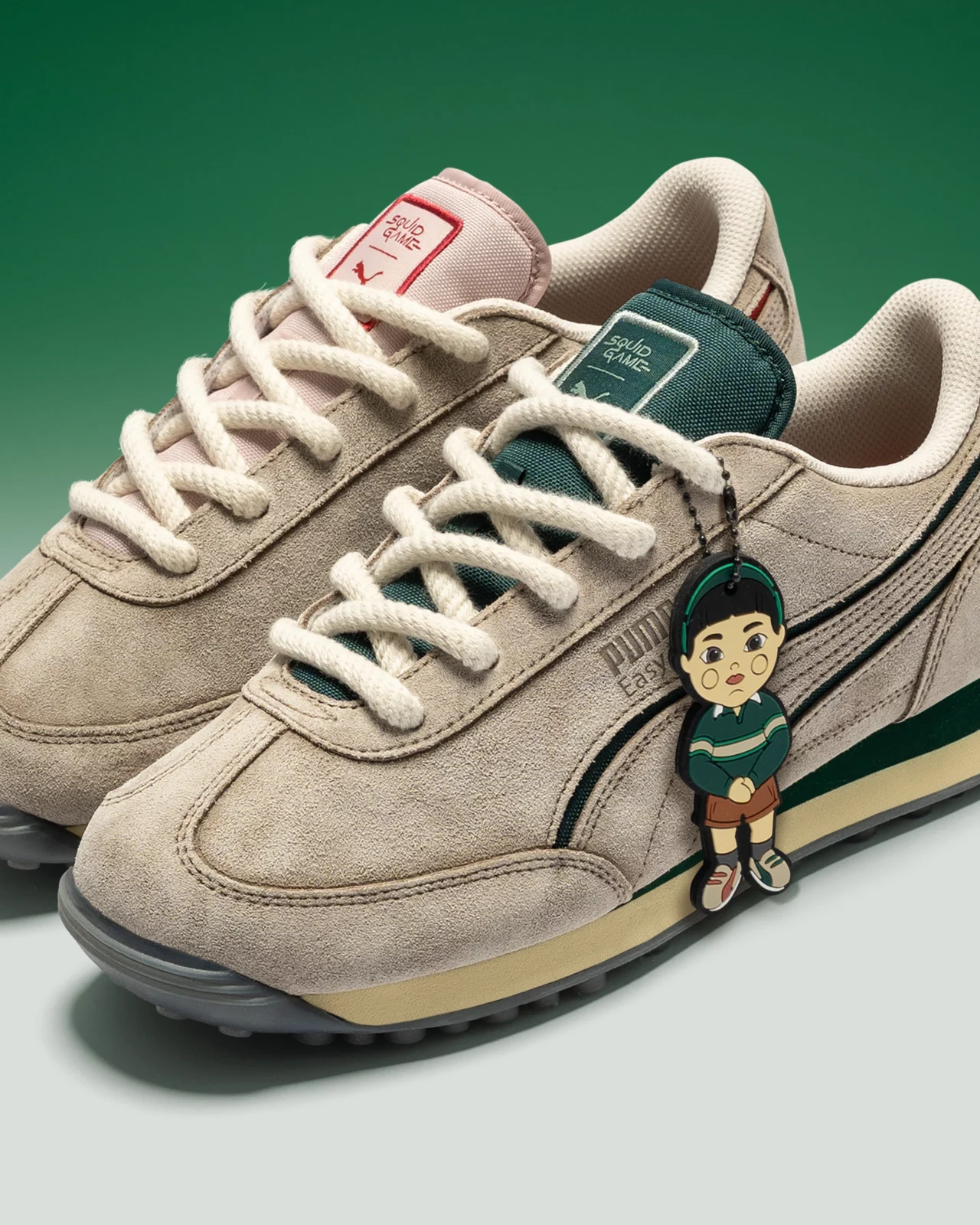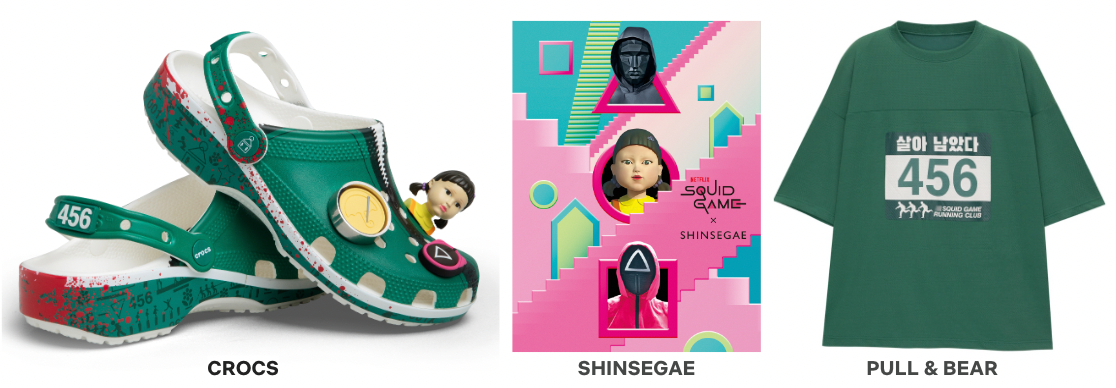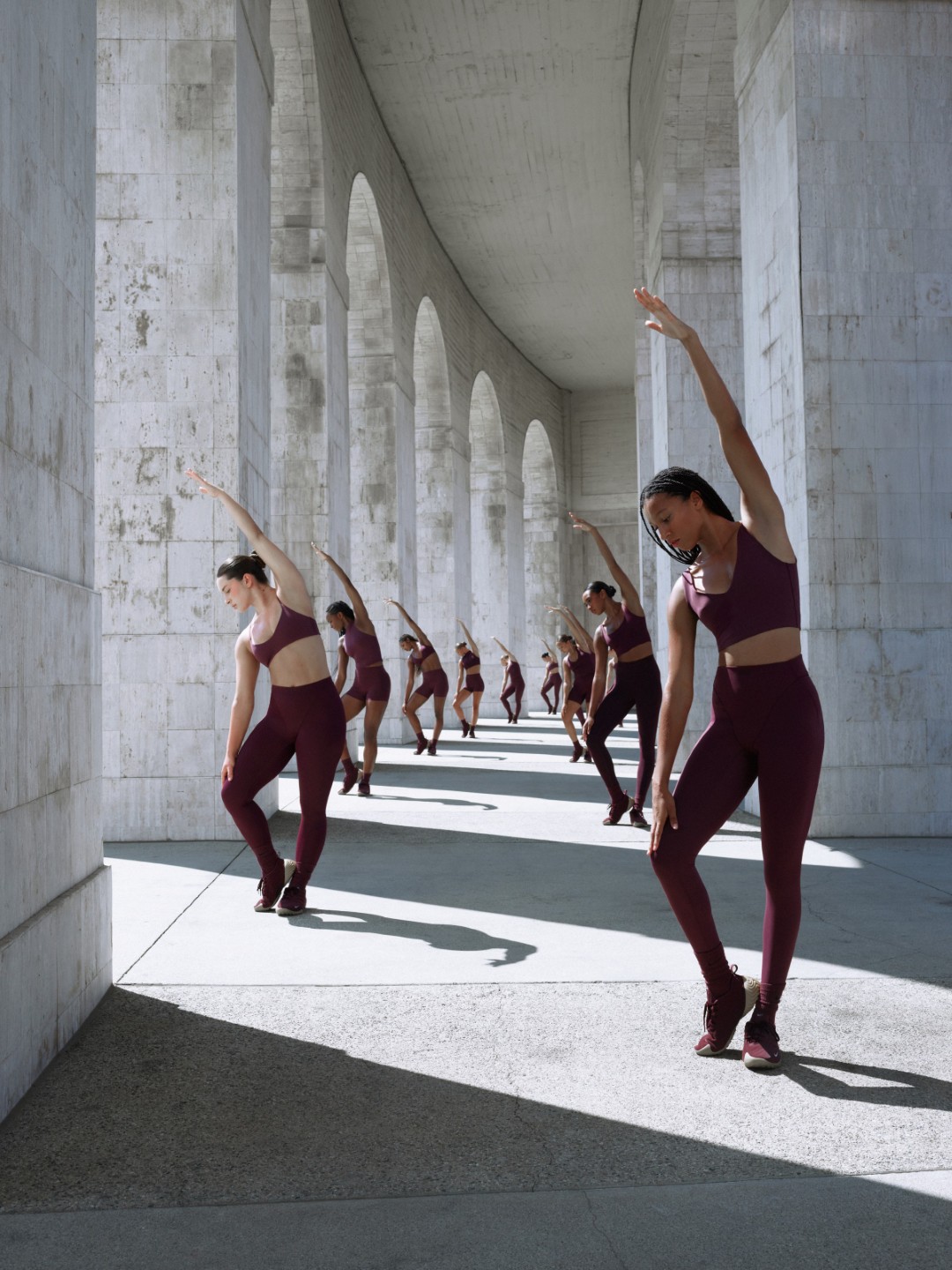When Squid Game premiered on Netflix in 2021, it became a global phenomenon that transcended language barriers, shaping cultural conversation and breaking records, to quickly become the world’s biggest TV show. The highly anticipated final season returned, only on Netflix, on June 27.
From its very first episode, Squid Game revealed itself as more than a gripping survival drama. Its unsettling visual language, part brutalist architecture, part surreal playground, all wonderfully orchestrated, became the protagonist in its own right. The candy-colored staircases, geometric guard masks, and cavernous game halls were not only a simple backdrop but integral to the storytelling. They invited viewers to a world that felt at once alien and familiar, childlike yet ominous.
As Season 1 dominated screens and conversations worldwide, the series boosted interest in K-content, and iconic moments went viral. They became Saturday Night Live sketches, Vans slip-on sneaker sales increased nearly 8,000% and Halloween costumes outnumbered Google searches for any other film and TV character costume, shaping trends and solidifying its place in pop culture.

Season 2 expanded the idea of Squid Game as a brand ecosystem. Netflix collaborated with over 100 partners to meet the fan demand for Squid Game-inspired gear — from Crocs to Puma, as well as food and beverage collaborations with Johnnie Walker to Domino‘s, and collectibles. Each partnership stayed true to the show’s identity while respecting its core vocabulary of color, geometry, and symbolism.



Even language and sound became part of the phenomenon. After Duolingo reported a 40 percent surge in Korean learners following Season 1, the platform leaned in with a K-pop–inspired single that went viral on TikTok and Spotify. Meanwhile, the haunting “Round and Round” from the Mingle Game amassed over a billion impressions, proving that the series’ sonic design was as infectious as its visuals.
Squid Game reminds us that design always carries weight as it can calm or disturb, include or exclude, expose truth or bury it. Every texture, color, and spatial choice in this series carries meaning. Season 3’s new arenas serve as emotional triggers. The jump rope set evokes a nostalgic image of a holiday train station, looping memories and regret with every bounce and fall. Giant textbook-style robots dressed like well-behaved children hide a threat in innocence. And the Möbius-inspired stairs trap players in an endless cycle of hope and despair.
For anyone who designs, whether it’s products, spaces, or stories, Squid Game is a challenge to consider how a coherent visual language can be carried across media, cultures, and even industries. The show asks: What does it take to build a world that feels immediate yet open to endless reinterpretation? What does it look like to design not just what people see, but what they feel and carry with them afterward? That is the legacy Squid Game leaves for design: a model of purposeful coherence, an architecture of feeling that lingers long after the screen goes dark.
Header: Puma










